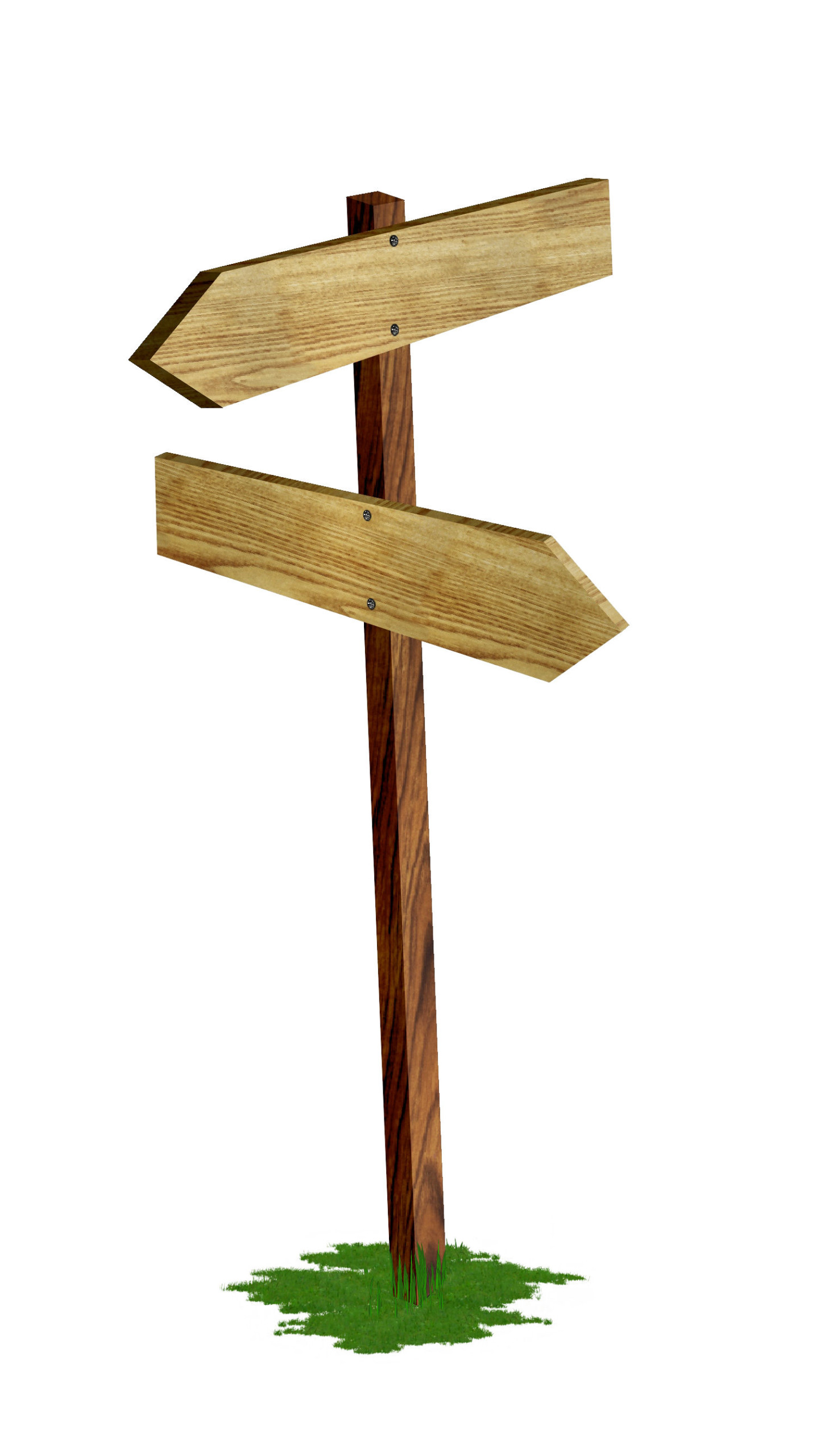Top tips for improving user experience
The field of user experience, or UX, is becoming a massive industry, and there are people whose jobs are dedicated to enhancing the user experience both on and offline. The basic premise is that users want to use a product or service that is easy and pleasant to use, whether this is a physical shop, an item or a website. You may not necessarily be in a position to employ your own UX expert, but there are some simple tweaks you can make to improve the experience visitors have when they visit your site.
Spelling and grammar
Getting your spelling and grammar right is crucial if you want to give off a professional feel to your website. Don’t worry if the idea of not ending a sentence with a preposition or splitting an infinite leaves you cold; as long as it makes sense, that is the important thing. Also, run all your content through a spellchecker before it is uploaded. However, remember that a spellchecker can’t pick up on the wrong use of a correctly spelled word, such as ‘your’ and ‘you’re’, so if your writing isn’t up to scratch, get yourself a content writer to work their magic.
Check for broken links
There are programs you can use to do this automatically, but you can also include a contact button on your site if any users spot a rogue link. Often, uploaded files, such as PDFs, are particularly susceptible to being at the end of a broken link. By broken links, I am referring to both those that don’t point anywhere and those that point to the wrong page and need to be updated with the correct location.
Navigation
Every now and then, it might be worth testing your site with people who aren’t familiar with it to ask them to find certain information. Again, you can find tools online which monitor the way people use your site in a test environment to find information, which can show you if there are confusing menus, pages of information people don’t expect or important information buried under layers of menus. If people can’t find what they need once they’ve found your site, they will probably leave, so help them out. You could introduce a search bar for an easy way to help people find what they need. If people don’t know where they’re going, so to speak, they will most likely get frustrated and give up.
Browsers
Each of the browsers may display a page differently, and a page that looks fantastic in Chrome may end up with text overlaid onto images or a ‘scrambled’ layout in Internet Explorer in Firefox, so it’s important that you check the compatibility of your site with the other browsers. Also think about mobile and tablet users. Is it viable for you to come up with an app or an m-site (mobile site) to improve the user experience for these visitors? At Artemis, we have some technical whizzes who will be able to check if there are any problems with browser compatibility for you.
Design
It isn’t always easy to pin down exactly why, but some sites just ‘feel’ more pleasant to use than others. Take a critical look at your site, with a website designer if necessary. Is it too cluttered? Too many bright colours? A busy background? Too few images? It could be that these things are making it hard for your visitors to use your site the way they’d like to, and an off-putting design could see your bounce rate soar, so when in doubt, strip it down and go for something relatively minimalistic and functional until you have the assistance of a good designer.


